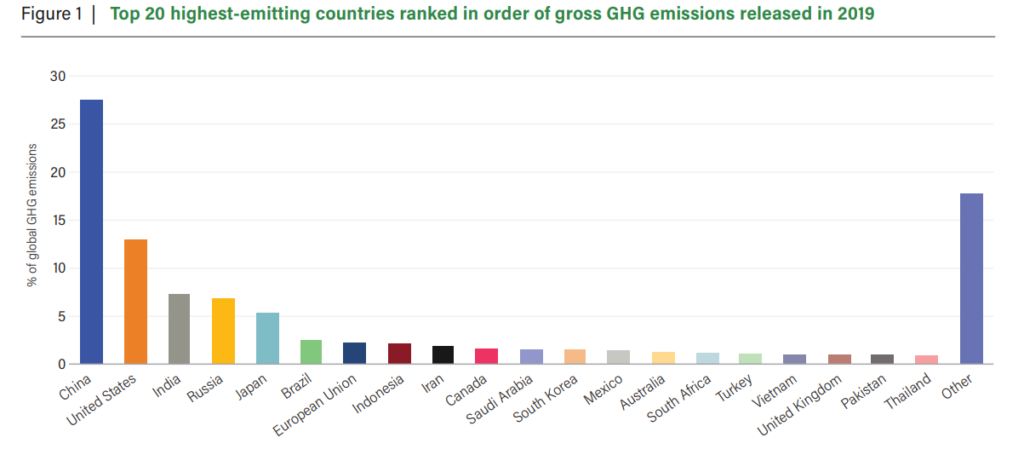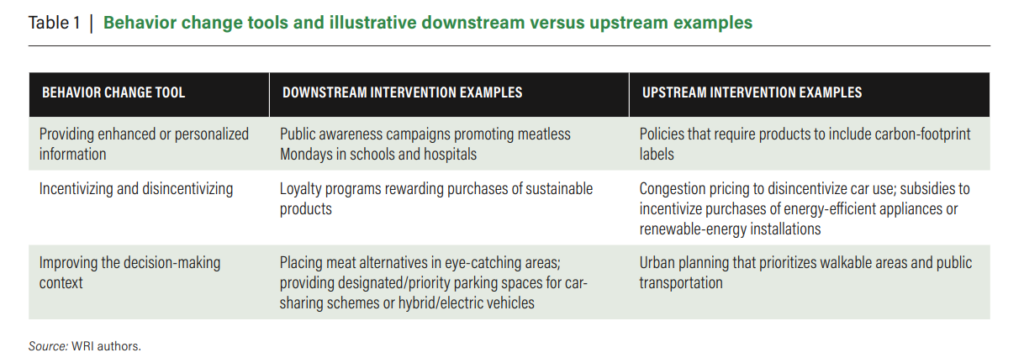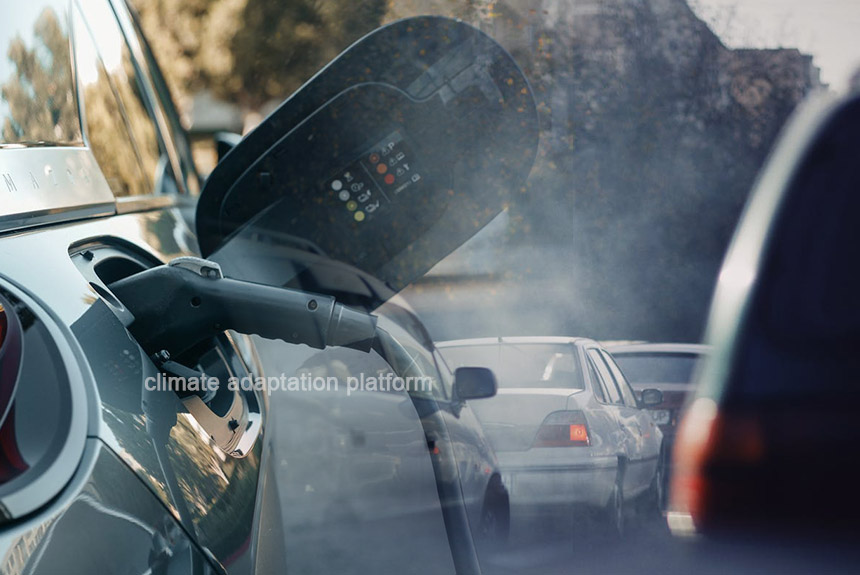What are nationally determined contributions about?
The Nationally Determined Contributions (NDCs) are each country’s national climate action plans under the Paris Agreement. In 2015, 196 countries signed the Paris Agreement, promising to reduce GHG emissions and prevent the worst impact of climate change. Applying this pledge means countries will slash emissions by 43% by 2030.
A country’s NDC outlines how it plans to do this. Under the Paris Agreement, countries are required to update their NDCs every five years, with each update reflecting higher ambitions.
It was in 2015 that countries submitted their first NDCs; the second round was in 2020/2021, and the next and third one is due in early 2025, which will outline countries’ intended climate action through to 2035. The latest NDCs will take into account the Global Stocktake, an inventory of what countries have done or their progress toward meeting the goals of the Paris Climate Change Agreement, and identify the gaps or the areas where they lack action to guide a better course forward to accelerate climate action.
According to the 2022 Intergovernmental Panel on Climate Change (IPCC), countries’ current climate pledges or NDCs fail to reach their reduction targets. Instead, when added together, they will put on a 2.4°C and 2.8°C level of warming by 2100.
WRI’s working paper analyzed how countries are using NDCs to change citizen behaviour
In September 2024, the WRI released a working paper to analyse if and how countries use the NDCs to shift citizens’ behaviour toward more climate-friendly behaviour. The paper focuses on the top 20 highest in 2019, representing 82% of the world’s GHG emissions. China, the United States, and India alone account for nearly half of this total or 47%.

9 “Priority Practices” with the greatest potential to reduce GHG emissions
Based on the literature, the paper identifies the nine most impactful behaviour changes or “Priority Practices” with the highest potential to reduce GHG emissions within the food, transportation, and energy sectors.

Three behaviour change tools that countries can use to drive pro-climate behaviour
Downstream vs upstream approaches
The paper presents three behavioural-shifting tool categories that address downstream and upstream approaches. The downstream approach targets individuals and their choices that will yield a behavioural change, for example, riding a bike or public transportation instead of driving a car.
Downstream approaches take the form of educational initiatives such as popular media campaigns. While this is also important and contributes to GHG emissions reductions, this needs to be supported by the enabling environment.
Behavioural science studies have repeatedly shown that our actions, both conscious and unconscious, are influenced by the context or situation where decisions are made. Hence, the enabling environment is critical in also influencing shifts in behaviour. This enabling environment can, to an extent, be shaped by the government and industries. For example, the government can implement policies incentivising pro-climate behaviours and choices.
In short, downstream and upstream approaches are the layered drivers of behaviours that motivate pro-climate behaviours and choices.
Below is a graph from the WRI paper showing the three behaviour change tools suggested by the authors, along with examples of downstream and upstream interventions.

WRI findings
The paper finds that only a few of the world’s highest emitters use their NDCS to support impactful and pro-climate behaviour changes. Of the nine “Priority Practices” identified above, NDCs consistently address only three in at least half of these countries:
- encouraging electric or hybrid vehicles;
- increasing the use of public transport to replace gasoline or diesel car usage, and
- reducing household energy use by insulating homes or switching to energy-efficient appliances.
NDCs poorly address two “Priority Practices”, specifically:
- Reducing business air travel through teleworking practices did not appear in the NDC of any country considered in our analysis, and
- Promoting more sustainable diets included in only 1 of the 20 highest-emitting countries’ NDCs. Changing food-related behaviours can yield some of the highest GHG emissions reductions, including policies to reduce consumer food waste and support the adoption of sustainable diets. The lack of inclusion represents a missed opportunity.
The study says, “NDCs most commonly promote behaviour change by improving infrastructure and services—which can be powerful—but countries are not leveraging other tools like incentives or personalised information provision. For example, many countries plan to install electric vehicle charging stations to encourage adoption, but fewer mention providing tax breaks for purchasing electric cars.”
It also adds that “only two of the nations included in our analysis mention using a combination of all three tools to shift behavior toward increased electric or hybrid vehicle use (e.g., building charging infrastructure, offering incentives on electric and hybrid vehicles, and developing energy-efficient certification of vehicles to inform consumers about fuel efficiency).”
“This paper is relevant to national governments, policymakers, academics, and nongovernmental organisations (NGOs) that are working to increase the ambition of NDCs, as well as those working to promote effective behavioral climate policies.”
The WRI working paper is available for download by visiting the link in the “Source” section below.
Sources:
All About the NDCs. (n.d.). United Nations. Retrieved from https://www.un.org/en/climatechange/all-about-ndcs
Global Stocktake. (n.d.). United Nations Climate Change. Retrieved from https://unfccc.int/topics/global-stocktake
Sustainable Behavior in Climate Pledges: An Analysis of Top Emitters’ Strategies. (2024, October 2). World Resource Institute. Retrieved from https://www.wri.org/research/sustainable-behavior-climate-pledges-analysis-top-emitters-strategies



Leave a Reply